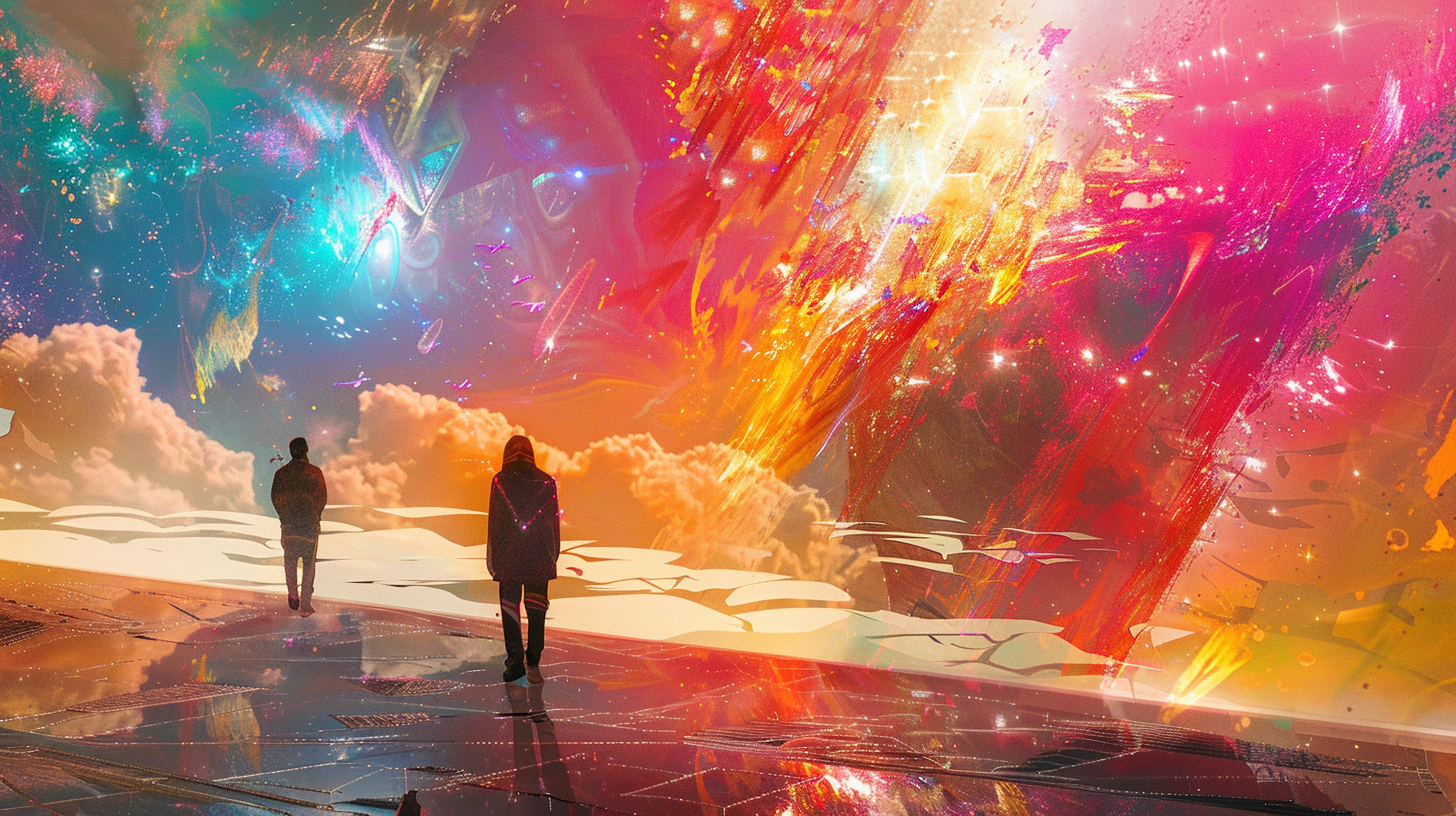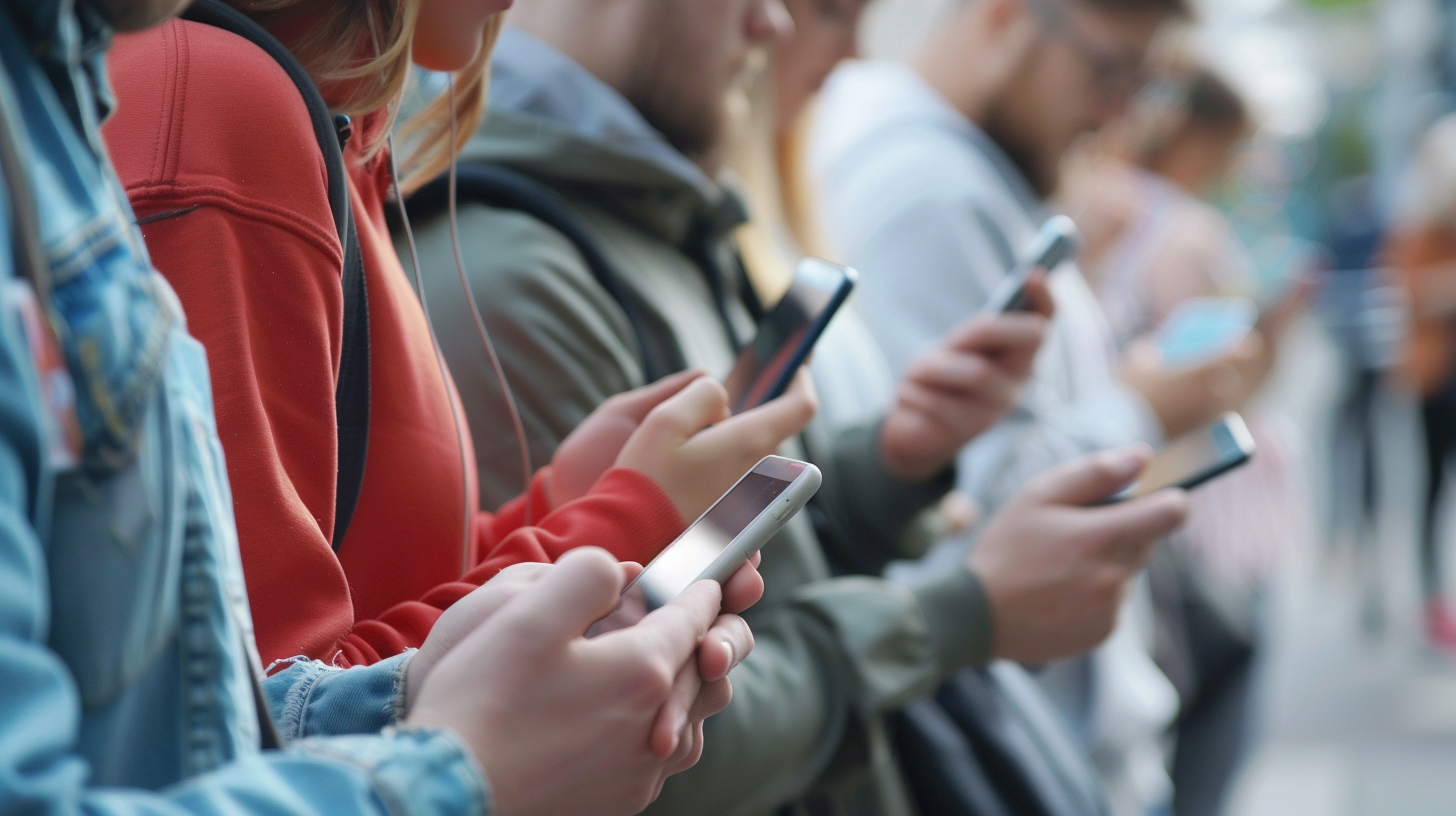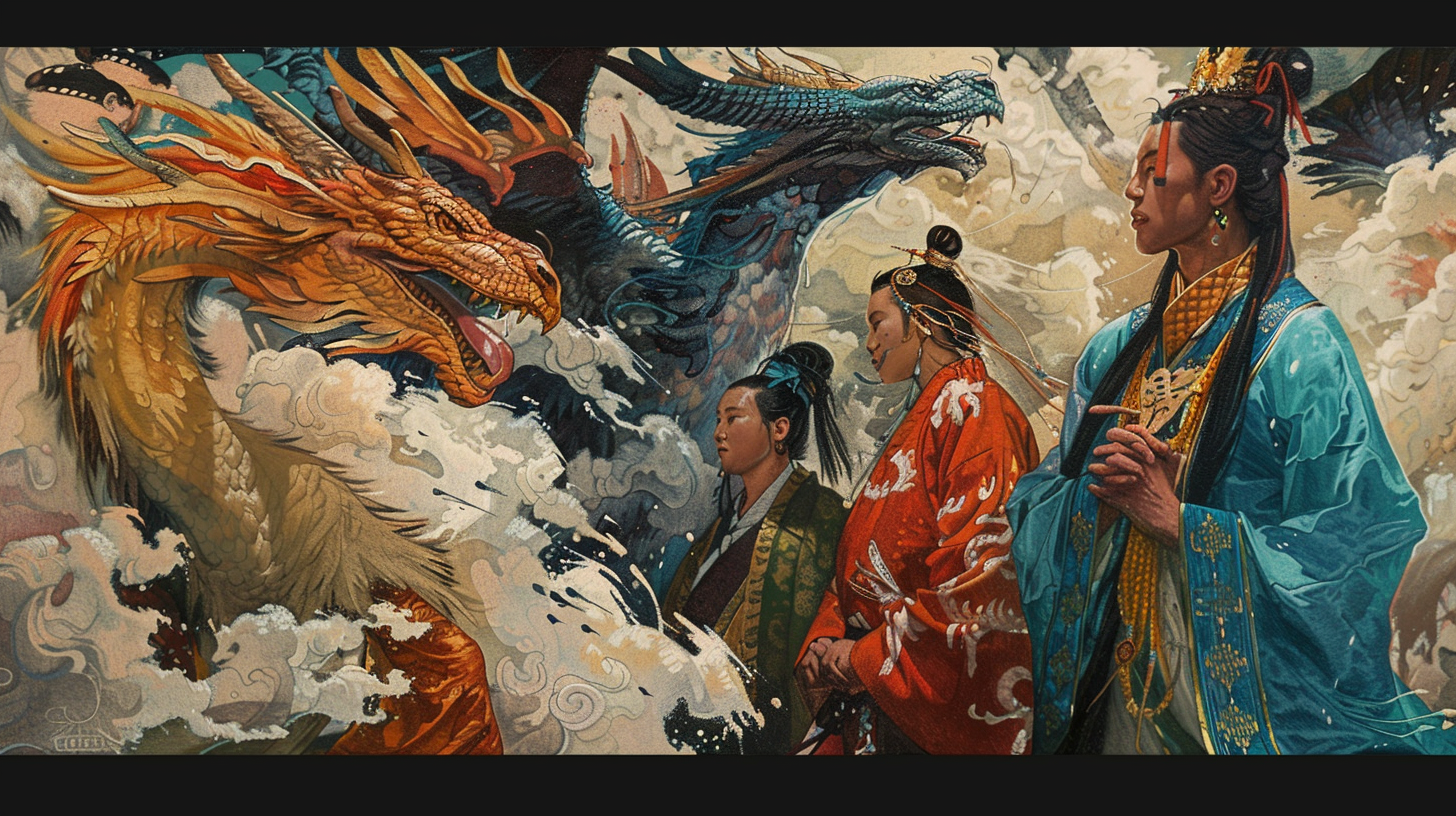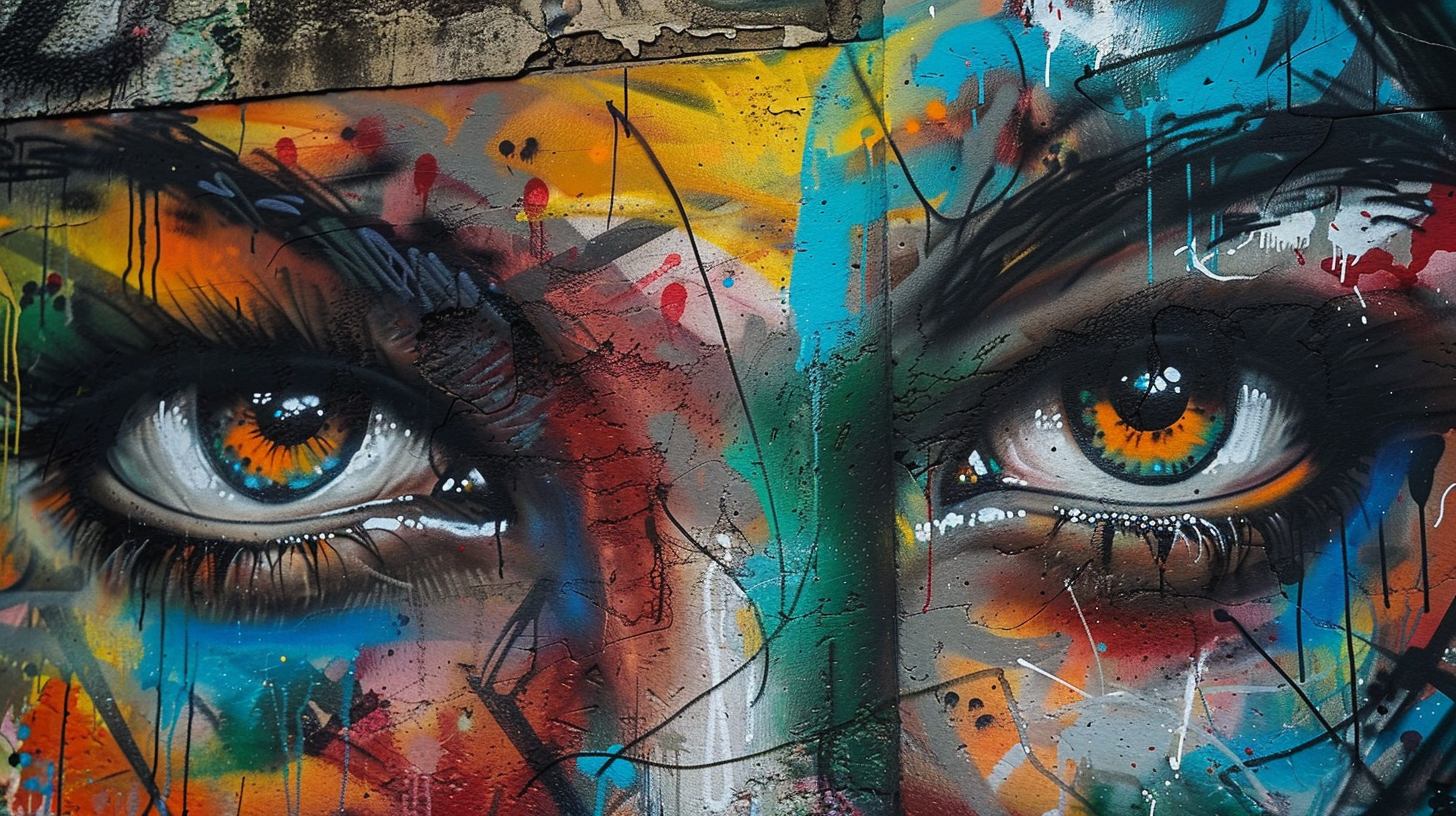Table of Contents Show
In the age of quills and parchments, the thought of owning art that exists solely in the digital ether would have been as fanciful as flying to the moon. Yet, here we are, exploring the burgeoning world of digital art and NFTs, which are revolutionizing the way we perceive and assert ownership over art. We’ve witnessed firsthand how these digital assets are shaking the foundations of traditional art markets, but the journey doesn’t end here. From authentication processes to the legalities surrounding digital ownership, there’s a minefield of unexplored territories that beckon us to question what the future holds for art collectors and creators alike.
Key Takeaways
- NFTs ensure unique, verifiable ownership of digital art, democratizing access and control.
- Blockchain technology enhances security and authenticity, making art ownership transparent and immutable.
- Digital art and NFTs disrupt traditional art markets, offering new forms of collectibility and global accessibility.
- Innovations like AI and virtual reality expand creative possibilities and art experiences beyond physical limitations.
The Evolution of Art Ownership
Throughout history, we’ve witnessed a significant transformation in the way art ownership is perceived and executed, especially with the advent of digital art and NFTs. This shift isn’t just about the medium—though that’s a big part of it—it’s also about redefining who gets to own art and how. For centuries, art ownership was the domain of the elite, a symbol of status and wealth. But we’re moving beyond that now. The digital revolution has democratized art ownership, making it accessible to anyone with an internet connection.
Digital art and NFTs have torn down the walls that kept so many out. We’re no longer confined to physical spaces or the approval of gatekeepers. Artists can share their work directly with a global audience, and we, in turn, can support them directly. It’s a freedom that’s both exhilarating and a bit challenging.
NFTs, or non-fungible tokens, have added another layer to this evolution. They’ve introduced a way to own digital art that’s verifiable and unique, despite the endless copies that can be made of a digital file. This has sparked debates about value and authenticity, but it’s also opened up new avenues for artists to monetize their work and for collectors to invest in digital art.
As we embrace these changes, we’re not just witnessing the evolution of art ownership; we’re participating in it. We’re reimagining what it means to own art, to appreciate it, and to share it. And in doing so, we’re carving out a future where freedom and creativity reign supreme.
Understanding Digital Art
To fully appreciate the shift in art ownership, it’s important to grasp what digital art entails. At its core, digital art is created using digital technology as part of the creative or presentation process. It’s a medium that liberates artists, allowing them to explore and express ideas in ways that traditional art forms may restrict. As we dive deeper, let’s make certain we’re all on the same page about its defining characteristics.
| Characteristic | Description |
|---|---|
| Medium | Digital art utilizes digital technology during its creation or presentation. This includes software, hardware, and digital platforms. |
| Accessibility | It democratizes the art world by making art more accessible. Artists can share their work globally with a click, and enthusiasts can discover new art without geographical barriers. |
| Interactivity | Many digital artworks are interactive, engaging the audience in unique ways that traditional art forms cannot. |
This medium’s flexibility offers unprecedented freedom to artists and audiences alike. Artists aren’t limited by physical materials or traditional distribution channels, enabling them to reach a wider audience and explore creative boundaries without restraint. Meanwhile, audiences enjoy the freedom of accessing a vast array of art from the comfort of their homes, interacting with pieces in ways that were previously unimaginable.
Understanding digital art is key to embracing the evolving landscape of art ownership. It’s not just about the art itself but about breaking down barriers and opening up new possibilities for creation, distribution, and appreciation. As we move forward, remembering the essence of digital art will guide us through the changing dynamics of how art is owned and cherished.
The Rise of NFTs
We’ve witnessed an unprecedented explosion in the NFT market, reshaping how we view art ownership and authenticity. This surge has not only elevated digital art but also revolutionized its evolution, offering creators and collectors new avenues for expression and investment. Let’s explore how these developments are defining the future of art in the digital age.
NFT Market Explosion
As the digital landscape evolves, NFTs have exploded onto the art scene, fundamentally transforming how we perceive and engage with art ownership. This surge isn’t just about artists finding a new platform; it’s about liberating art from traditional constraints. We’re witnessing a democratization of art ownership, where barriers are crumbling, and access is widening. It’s not just the elite or the galleries dictating terms anymore. The NFT boom has opened doors for creators and collectors alike to connect directly, bypassing the gatekeepers. We’re embracing a future where art’s value isn’t just in its physicality but in its digital uniqueness. This shift is monumental, offering freedom to artists and collectors to define value on their terms, reshaping the art market in the process.
Authenticity and Ownership
In the world of NFTs, authenticity and ownership are revolutionized, offering artists and collectors unparalleled control over their digital assets. We’re embracing a future where freedom in art collection and creation isn’t just a dream—it’s reality. NFTs empower us to verify an artwork’s origin and history with undeniable accuracy, ensuring that what we own is genuinely ours.
| Aspect | Impact |
|---|---|
| Provenance | Flawless verification of an artwork’s history |
| Ownership | Indisputable control over digital assets |
| Transferability | Seamless, secure exchanges |
| Freedom | Liberation from traditional constraints |
This shift isn’t just changing the game; it’s redefining it. We’re part of a movement that values transparency, authenticity, and freedom, propelling us into a future where art truly belongs to us.
Digital Art Evolution
Building on the foundation of authenticity and ownership that NFTs provide, the rise of digital art marks a significant evolution in how we create, share, and engage with art. This shift empowers us, giving unprecedented freedom to artists and collectors alike. Let’s explore how this evolution unfolds:
- Breaks traditional barriers, making art accessible to anyone with internet access.
- Allows artists to retain control over their work, ensuring they’re fairly compensated.
- Offers a new way to experience art, beyond physical limitations.
- Encourages a global community of creators and enthusiasts to connect and collaborate.
- Paves the way for innovative art forms and expressions, unbound by the physical world’s constraints.
As we move forward, we’re not just observing an evolution; we’re actively participating in a revolution that redefines the essence of art itself.
Impact on Traditional Art Markets
The emergence of digital art and NFTs has greatly disrupted the traditional art markets, challenging long-established norms of art ownership and valuation. We’re witnessing a revolution where the digital domain offers unprecedented freedom to artists and collectors alike. Traditional gatekeepers, like galleries and auction houses, find themselves at a crossroads, needing to adapt to this new, vibrant landscape or risk becoming relics of the past.
Digital art, especially when combined with NFTs, empowers creators by breaking down barriers to entry. Artists no longer need to rely on intermediaries to get their work seen and sold. This democratization of art creation and sales has opened the market to a flood of new talent, invigorating the art world with fresh perspectives and challenging the conventional wisdom on what art is ‘supposed’ to be.
Furthermore, we’re seeing a shift in what collectors value. The desire for digital ownership reflects a broader societal shift towards valuing experiences and digital assets over physical possessions. This isn’t just a trend; it’s a fundamental change in how we perceive value, ownership, and the very nature of art itself.
For the traditional art market, this means adapt or become obsolete. We’re already seeing auction houses and galleries dip their toes into digital waters, hosting NFT sales and digital art exhibitions. But this is just the beginning. As technology advances and societal values continue to evolve, we expect the traditional art market to undergo profound changes, blending the digital and physical in ways we’re just beginning to imagine.
Authentication and Provenance
Amid the upheaval digital art and NFTs bring to traditional markets, ensuring the authenticity and tracing the provenance of artworks has become a paramount challenge. We’re exploring uncharted waters, where the digital frontier offers both boundless opportunities and significant hurdles. As advocates for freedom in art ownership and expression, we recognize the critical role of authentication and provenance in this new landscape.
To safeguard the integrity of digital art, we’ve embraced several strategies:
- Blockchain Technology: Utilizing blockchain’s immutable ledger, we can securely track and verify the history of each artwork, ensuring its authenticity from creation to current ownership.
- Digital Certificates: Artists can issue digital certificates tied to their pieces. These certificates serve as proof of authenticity and detail the artwork’s provenance, offering buyers peace of mind.
- Smart Contracts: Embedded in NFTs, smart contracts automate and record transactions, making the transfer of ownership transparent and tamper-proof.
- Decentralized Verification: Leveraging the power of the community, decentralized platforms allow multiple parties to verify the authenticity of artworks, reducing reliance on centralized authorities.
- Metadata Standards: Establishing and adhering to robust metadata standards helps in accurately documenting the history and details of digital artworks, facilitating easier verification of provenance.
As we forge ahead, these tools and practices not only empower us to combat fraud but also reinforce our commitment to freedom in art ownership. By prioritizing authentication and provenance, we’re setting the stage for a future where digital art and NFTs are celebrated not just for their innovation, but for their integrity and reliability as well.
Exclusive Ownership Rights
Exploring the dynamic landscape of digital art and NFTs, we’ve arrived at a pivotal aspect: exclusive ownership rights, which guarantee that buyers truly possess a unique piece of the digital frontier. This concept is revolutionizing how we perceive art ownership, offering an unparalleled level of freedom and control to collectors and creators alike.
Exclusive ownership rights via NFTs mean that when we acquire a piece, it’s ours and ours alone. This digital deed of sorts safeguards that the artwork can’t be duplicated or claimed by another, preserving its uniqueness and value in the digital domain. It’s a game-changer for artists and collectors, providing a secure and transparent way to assert ownership over a digital asset.
| Aspect | Benefit | Impact on Freedom |
|---|---|---|
| Uniqueness | No two NFTs are the same, even if the art looks identical. | Ensures the liberty to own something truly one-of-a-kind. |
| Transferability | Easy to transfer ownership without compromising security. | Enhances the freedom to trade and sell in a global market. |
| Immutability | Once ownership is recorded on the blockchain, it’s permanent. | Provides the peace of mind that our ownership is undisputable. |
| Verifiability | Ownership and authenticity can be verified by anyone. | Empowers us with the ability to prove ownership effortlessly. |
In embracing these exclusive ownership rights, we’re not just investing in digital art; we’re championing a future where freedom, uniqueness, and security are at the forefront of art ownership. It’s a thrilling new chapter that promises to redefine our connection with art in the digital age.
Digital Art and Collectibility
As we explore the world of digital art and collectibility, grasping how NFTs are transforming the very essence of what it means to collect and cherish art in the digital era is crucial. The introduction of NFTs (Non-Fungible Tokens) has revolutionized the art world, granting both artists and collectors unprecedented freedom and opportunities. Let’s delve into the key aspects of digital art collectibility that are shaping the future.
- Uniqueness and Verification: Each NFT is one-of-a-kind, or part of a limited series, making digital collectibles as unique as physical ones. Their verification on the blockchain ensures ownership and provenance are indisputable.
- Global Accessibility: Digital art can be bought, sold, and traded with ease across the globe, breaking down the geographical and physical barriers that once limited art collection.
- Interactivity and Utility: Some NFTs offer more than visual appeal, including interactive elements or rewards, enriching the collector’s experience.
- Community and Exclusivity: Owning certain NFTs grants access to exclusive communities or events, fostering a sense of belonging and shared identity among collectors.
- Preservation and Longevity: Digital art is not subject to physical decay, ensuring the longevity of artworks and potentially the value over time.
These elements highlight the freedom and innovation at the heart of digital art and collectibility. We’re witnessing a shift in how art is valued, collected, and experienced, driven by the desire for freedom, authenticity, and connection in the digital space.
Innovations in Art Creation
As we delve into the domain of digital art, we’re witnessing groundbreaking innovations in art creation. AI-driven art techniques are reshaping how we conceive and produce art, while virtual reality art spaces offer immersive experiences unlike anything before. Additionally, blockchain technology is revolutionizing artists’ rights, ensuring their creations are protected and monetized effectively.
AI-Driven Art Techniques
We’re delving into how AI-driven art techniques are revolutionizing the process of art creation, bringing unprecedented innovation to the field. These techniques offer artists the freedom to experiment and push boundaries like never before. Here’s what’s making waves:
- Generative art algorithms that produce unique pieces from predefined parameters.
- AI-assisted design tools enabling more intuitive creation processes.
- Deep learning models that can mimic styles of historical artists.
- Interactive art installations that adapt to audience reactions in real-time.
- Automated color correction and enhancement tools that refine aesthetics.
These advancements are not just about creating art; they’re about democratizing the art-making process, making it accessible to anyone with a vision. It’s a thrilling time to be part of this transformative journey.
Virtual Reality Art Spaces
Exploring the world of Virtual Reality Art Spaces opens up a world of possibilities for artists and art enthusiasts alike, revolutionizing the way we create, view, and interact with art. We’re not just spectators; we’re participants in a boundless universe where creativity knows no limits. Imagine stepping into a painting, walking through its landscapes, or conversing with its subjects. It’s a freedom that transcends traditional boundaries, offering an immersive experience that’s both intimate and grand.
| Feature | Benefit | Experience |
|---|---|---|
| 360-degree Views | Unrestricted perspective | Thus every artwork |
| Interactive Elements | Engage with art on a personal level | Touch, move, and modify |
| Global Accessibility | No physical barriers to art | Visit from anywhere, anytime |
This table paints a vivid picture of the opportunities virtual reality art spaces provide, illustrating a future where art is limitless and universally accessible.
Blockchain for Artists’ Rights
Many artists are turning to blockchain technology to safeguard their rights and revolutionize art creation. This shift isn’t just about innovation; it’s about reclaiming freedom and control over our work. Here’s how blockchain is changing the game:
- Assured Proof of Ownership: Assures artists’ creations can’t be claimed by others.
- Royalties for Every Sale: Artists earn from secondary sales, respecting their continuous contribution.
- Decentralized Platforms: Reduces reliance on traditional galleries, giving artists direct market access.
- Enhanced Security: Protects against theft and forgery, maintaining the integrity of the artwork.
- Global Reach: Breaks geographical barriers, allowing artists to connect with audiences worldwide.
We’re embracing blockchain not just as a tool, but as a path to artistic freedom and fair recognition.
The Future Art Economy
As we explore the future art economy, it’s clear that digital art and NFTs are reshaping how we comprehend and engage with art ownership. This evolution is not just a trend but a significant shift towards a more inclusive and accessible art world. We’re witnessing a democratization of art, where creators and collectors have unprecedented freedom to connect, create, and transact without the traditional gatekeepers of galleries and auction houses.
In this new economy, artists have the power to reach global audiences directly. They’re no longer bound by geographical or financial limitations, opening up a world where art is truly for everyone. This accessibility fosters a more vibrant and diverse art scene, where unique voices and styles can find their niche and flourish.
Collectors, too, are enjoying newfound freedoms. They’re not just buying a piece of art; they’re investing in digital assets that can be easily bought, sold, or traded with a click. This fluidity is transforming art ownership into an experience that’s both exhilarating and liberating. It’s an economy where passion and profit coexist, enabling collectors to support the artists they love while potentially seeing their investments grow.
We’re standing at the threshold of a future where art is limitless and ownership is redefined. As we embrace digital art and NFTs, we’re not just participating in an economic shift; we’re championing a movement towards freedom, inclusivity, and innovation in the art world. The future art economy promises a landscape where creativity knows no bounds, and we’re all invited to be a part of it.
Legal Considerations
While we celebrate the freedoms digital art and NFTs bring to the art world, it’s important to navigate the complex legal landscape that accompanies these innovations. The allure of decentralization and the promise of more equitable distribution of proceeds are undeniably appealing. However, we must also equip ourselves with knowledge about the legal frameworks that govern these digital assets. Doing so ensures that we’re not inadvertently stepping on any legal landmines.
Key legal considerations include:
- Copyright Laws: Understanding who holds the copyright of a digital piece is vital. Just because you own an NFT doesn’t necessarily mean you own the copyright to the associated artwork.
- Smart Contract Specifications: These are the digital contracts that facilitate the sale and ownership of NFTs. It’s crucial to grasp their terms, which govern your rights and obligations.
- Intellectual Property Rights: Artists and buyers alike need to be aware of the IP rights involved, ensuring that the creation and sale of digital art don’t infringe on anyone else’s rights.
- Taxation: Both creators and collectors must understand the tax implications of buying, selling, and trading NFTs, which can vary significantly by jurisdiction.
- Privacy Issues: Engaging with blockchain technology and NFT marketplaces raises questions about data privacy and security. It’s important to know how your data is being used and protected.
As we traverse this new terrain, let’s champion our freedoms by being informed and conscientious about the legal frameworks that shape our digital art engagements. This approach not only protects us but also respects the broader community we’re part of.
Ethical Implications
Beyond the legal landscape, we must also consider the ethical implications that come with the creation and ownership of digital art and NFTs. This new frontier offers unparalleled freedom for artists and collectors alike, but it’s not without its moral challenges. We’re stepping into territories that demand we rethink what ownership, originality, and value mean in the digital age.
We’ve got to address the environmental impact of blockchain technology, which powers NFTs. The energy consumption is staggering, raising concerns about our guarantee to sustainability. It’s our responsibility to explore and support greener alternatives, guaranteeing the digital art world doesn’t compromise our planet’s health.
Another point we can’t ignore is the potential for exploitation. The digital art market is booming, attracting not just creatives but also those looking to profit at any cost. Artists, especially those new to the scene, might find themselves under pressure to conform to trends rather than express their true vision. We need to foster an environment that values authenticity and supports artists in retaining control over their work.
Finally, there’s the issue of access. Digital art and NFTs could democratize art ownership, breaking down traditional barriers. However, if we’re not careful, they could also create a new elite, restricting access to those with the technological know-how and financial resources. It’s up to us to guarantee that this revolution in art ownership truly opens doors for everyone, making art more accessible, not less.
As we navigate these ethical waters, let’s remember that our ultimate aim is to enrich the world with art that’s free, fair, and accessible to all.
Conclusion
We’re at the dawn of a vibrant era where digital art and NFTs are redefining art ownership, much like the first time a brush met a canvas. Imagine, centuries ago, a single brushstroke changed art forever. Today, a digital signature does the same, promising authenticity and uniqueness in an ever-expanding digital landscape. As we navigate this new terrain, our collective challenge is to balance innovation with tradition, ensuring the art world remains inclusive, ethical, and vibrant for everyone. Together, we’re painting a new future.







